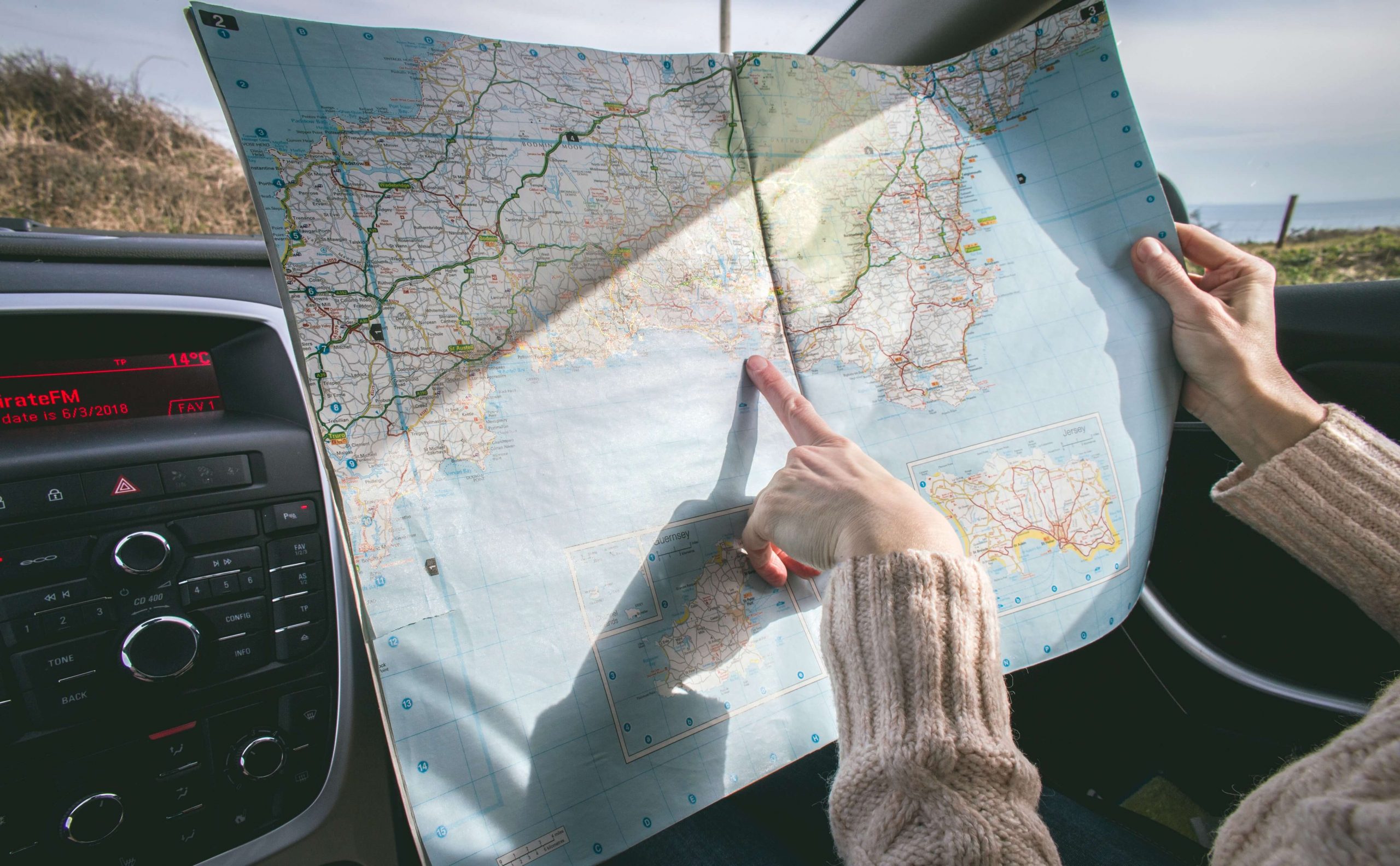Tips to make a classic American past time more sustainable
By Casey Moran
From the Oregon Trail to Route 66 to National Lampoon’s Vacation, road trips are an enduring part of American culture. And today, after months of staying at home, they may beckon even more. For me, road trips still hold that nostalgia of arguing with my siblings in the backseat and begging to stop at bizarre roadside attractions. I believe the goal of a road trip is not just the destination, but the unique experiences and vistas around every curve of America’s highway system.
American landscapes
Not long ago, I went on a six-week road trip with an assortment of family members that allowed me to experience almost the entire variety of culture and landscapes America
has to offer, driving in one huge circle to rural and urban communities. While we mainly camped or stayed in guest rooms and visited national parks and family members, road
trips are highly customizable adventures that can be tailored to any level of luxury or activity. This customizability also makes road trips ideal for mixed-age or interest groups. Travel days can be the appropriate length for all group members, and include visits to a variety of destinations to fulfill the needs of every group member.
If the possibility of unknown experiences and bespoke itineraries are not enough to whet your appetite for a traditional road trip, there are additional benefits. While the
comparative ecological sustainability of car and air travel are still contested by scientists, several came to a consensus in an article published by Yale Climate Connections that multi-person road trips using a fuel-efficient vehicle are more energy-efficient than the same trip would be by plane. Furthermore, traveling by private vehicle can help limit travelers’ interactions with large groups of people. As we look toward an era when the
domestic economy, especially small, locally owned businesses, will be recovering from the effects caused by COVID-19, road trips can be a great way to spread the economic benefits of tourism across several rural communities.
Eat & stay local
One of the best and easiest ways to travel more sustainably is to spend your money at local businesses. Not only does this help money stay in the local economy, but it also exposes travelers to the unique flavor of each community.
On my trip, we could have zipped through a fast food drive-thru on our long road trip, but by stopping at local diners I discovered the most amazing breakfast burrito slathered in green chili in Grand Junction, Colorado. In the Pacific Northwest, I ate fresh fish and chips on a pier while seals basked and barked in the sun beside me.
Chain hotels embrace familiarity, but local hotels may be restored buildings from 1917, like Vendome Hotel in Prescott, or be exact replicas of frontier towns, like The Dickson Street
Inn in Fayetteville, Arkansas. By eating and staying at local businesses, travelers can have unique, memorable experiences, and support small businesses.
Be creative
One of my least favorite things about air travel is the way it limits accessibility to lesser-known places. There are over 5,000 commercial airports in the U.S., but that pales in comparison to the number of interesting places to visit. You can obviously visit the classic Route 66 stops, but when planning a road trip, try to view it as a possibility to visit
somewhere under the radar. For example, if you want to visit the Grand Tetons, you can fly into Jackson, Wyoming, which is a very popular and crowded tourism destination. If you are driving, however, like I did, you can bypass the Wyoming side of the mountain range and visit Victor, Idaho. The camping and hiking in Caribou-Targhee National Forest is very similar to that in the neighboring Grand Tetons National Park, but with a fraction of the crowding.
Be flexible
It can be hard to be creative! I’ll be honest—I had no idea Victor even existed until a few hours before driving into town. Popular destinations are generally accessible and well-
marketed, making it easy to find travel information. Less common, more creative destinations are more difficult to find, but also much more rewarding. Rather than scheduling every aspect of your vacation, try to make some decisions day-to-day. Picking up an interesting brochure or taking a scenic detour can lead to some of the most memorable experiences in your journey. In my day-to-day life, I tend to be a planner. Allowing myself to enjoy the unexpected on a road trip helped me grow in new ways and discover more amazing local restaurants and sights.
After all, the true road trip is the stops we take along the way.
Keep up with Green Living’s content by visiting our website.
Casey Moran is an M.S. student at Arizona State University and a research assistant for the Center of Sustainable Tourism. She has been lucky enough to road trip all over the country both as a child and an adult.






